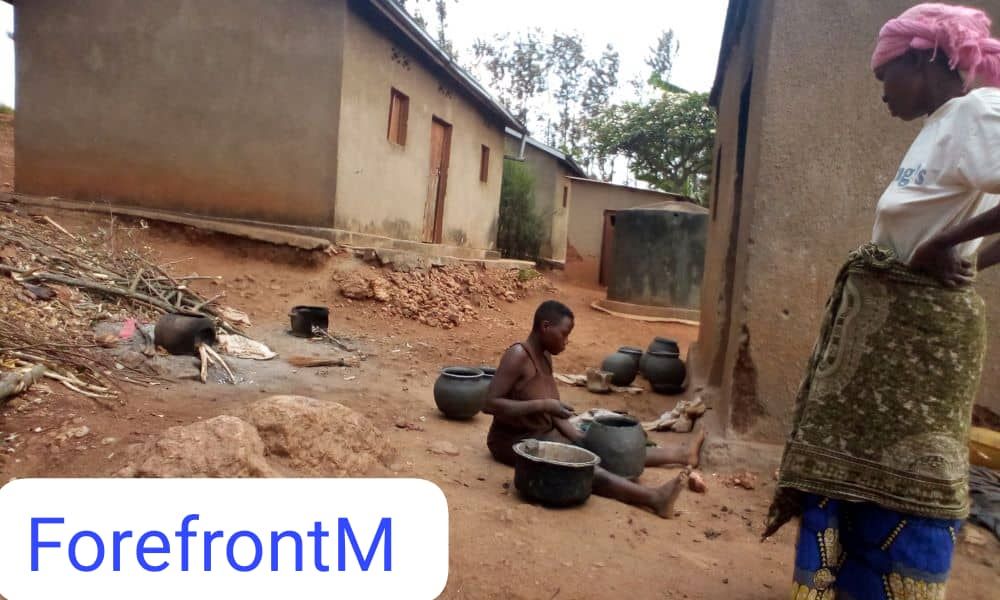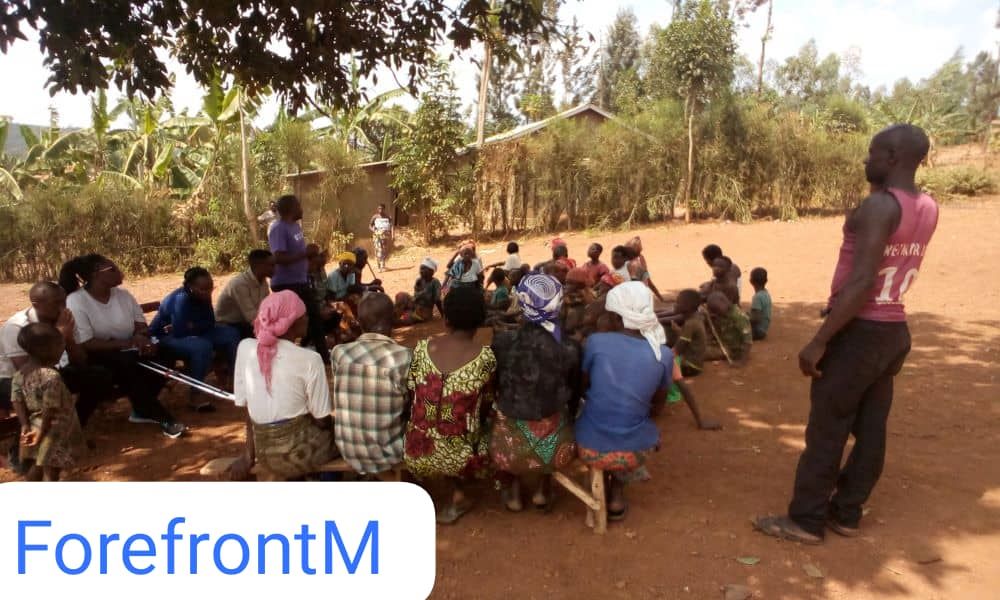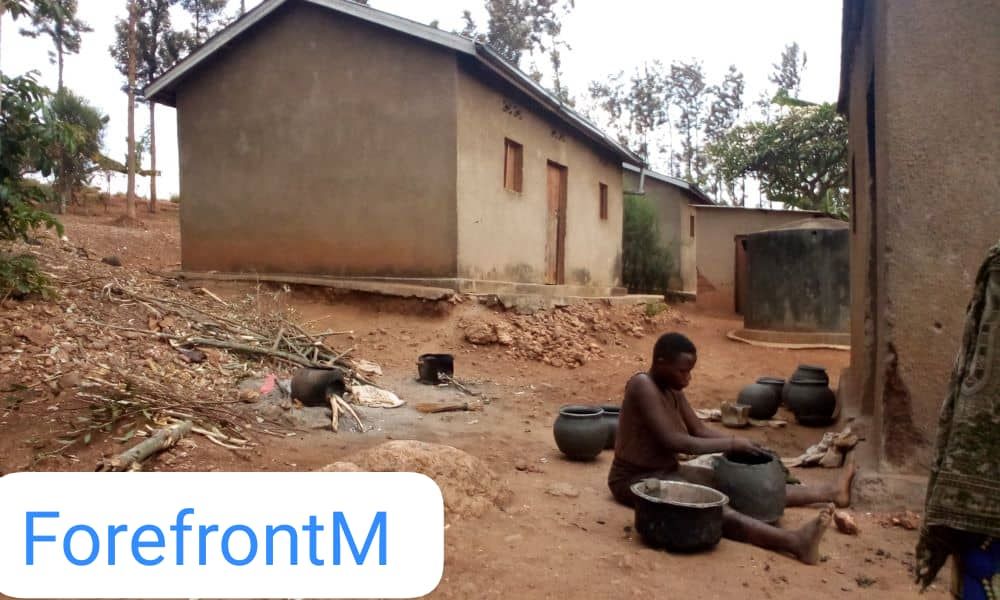By Annonciata Byukusenge
Monique Uwimana wakes up at five in the morning every day. Her main activity consists of craft pottery and cooking stoves because she doesn’t have a farm. She travels for two hours to Rulindo cell to find the clay for making those materials three times per week in the Musenyi sector, a remote rural village in the Bugesera district in Eastern Rwanda.
The 52-year-old mother never envisioned that her efforts as a professional potter would pave the way for women workers in her remote village to pursue prosperous lives.
“Women are now playing a vital role in forest conservation, contributing to current national efforts towards combating deforestation,” she said.
Indigenous Batwa communities have lived in harmony with nature for centuries, but in today’s reality, they are hit hardest by the effects of climate change. Global warming is expected to result in increased temperatures, intensified rainfall, and prolonged dry seasons. After the evictions from their homelands in the forests and forced relocation, most Batwa now find themselves living in secluded villages with little to no access to land. Besides, there is no discrimination against them, because they live in Villages with other people as highlighted by Indigenous from Bugesera.

“From childhood, my daily activity has been to craft pottery and cook stoves to generate income. Before COVID-19 income was generated, but from lockdown till now life is difficult,” said Uwimana.
Eng. Emile Mukunzi is an environmental officer in Bugesera district. Speaking to Forefront Magazine, he says that the issues this community facing are based on lack of land because their daily work was crafting pottery and cooking stoves. But they can collaborate with their partners and support this community.
“As I can see, some issues may be fixed through development partners that deal with the social development of the lower-developed community.
Others need deep mobilization of the community to understand their role in finding solutions connected to environment protection and climate change mitigation and adaptation.”
Challenges
The Indigenous have challenges based on the lack of land and the end of their current activities. Today to find food for their families it’s a problem because of the impact of forest protection.
“To finalize the 10 pottery and five cooking stoves requires five hardwood floors and we can’t find at least ten hardwood. We need support to find alternative income.” Monique said.
Another thing they highlight is the effects of climate change in the Bugesera district caused the famine and the swamp they got clay, the government decided to use it for agriculture to cope with food insecurity in this district.
For those challenges, the Eng. Emile Mukunzi an environmental officer in Bugesera district, said, “We can have a set of activities they can do for themselves and those the management may support.”

According to the Bugesera district report/IMIHIGO published in 2020, the agroforestry planted in Bugesera district from 2016 to 2020 planted 653.04ha, forestry was planted 791.29ha and damaged forests in Bugesera district from 2016 to 2020 were planted on 83ha.
As a result of forestation and conservation in Iburasirazuba (Eastern Province), Bugesera district, trees are planted on an area of 500 Hectares per year.
According to the world forest monitoring platform Global Forest Watch (GFW), in 2010 Iburasirazuba had 73.0kha of natural forest extending over 8.3% of its land area. In 2019 it lost 62.3ha of natural forest, equivalent to 8.46kt of CO2 emissions.

In 2011, Rwanda committed to bringing two million hectares of land under restoration by 2030 through the Bonn Challenge. Today, 30.4% of Rwanda’s surface area is covered by forests. The Rwanda Government is working with different partners to conduct forest and landscape restoration to meet its commitment under the Bonn Challenge. Those include in Paris Agreement and Kigali Amendment the Government of Rwanda ratified to boost environmental protection and cope with climate change.
